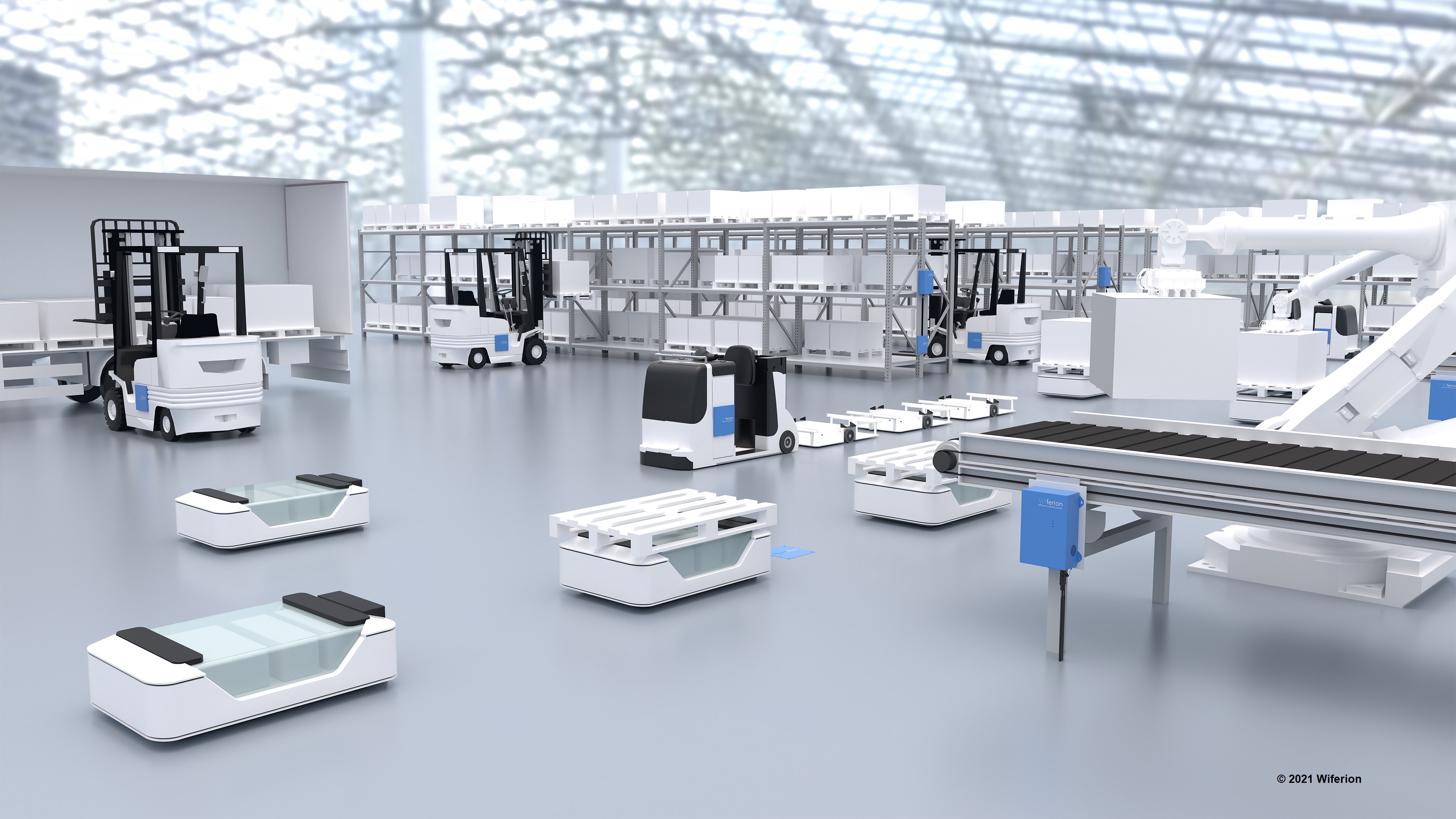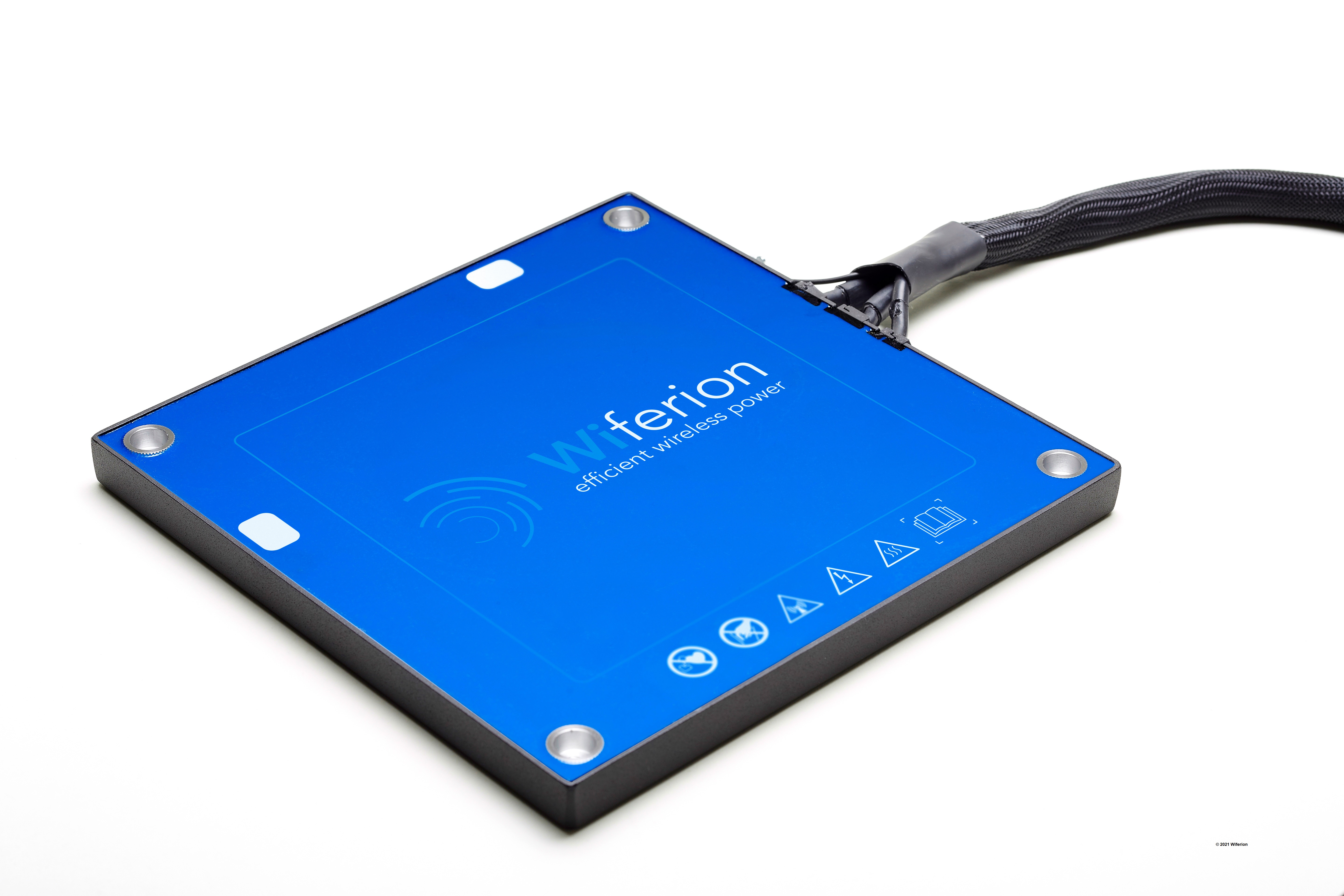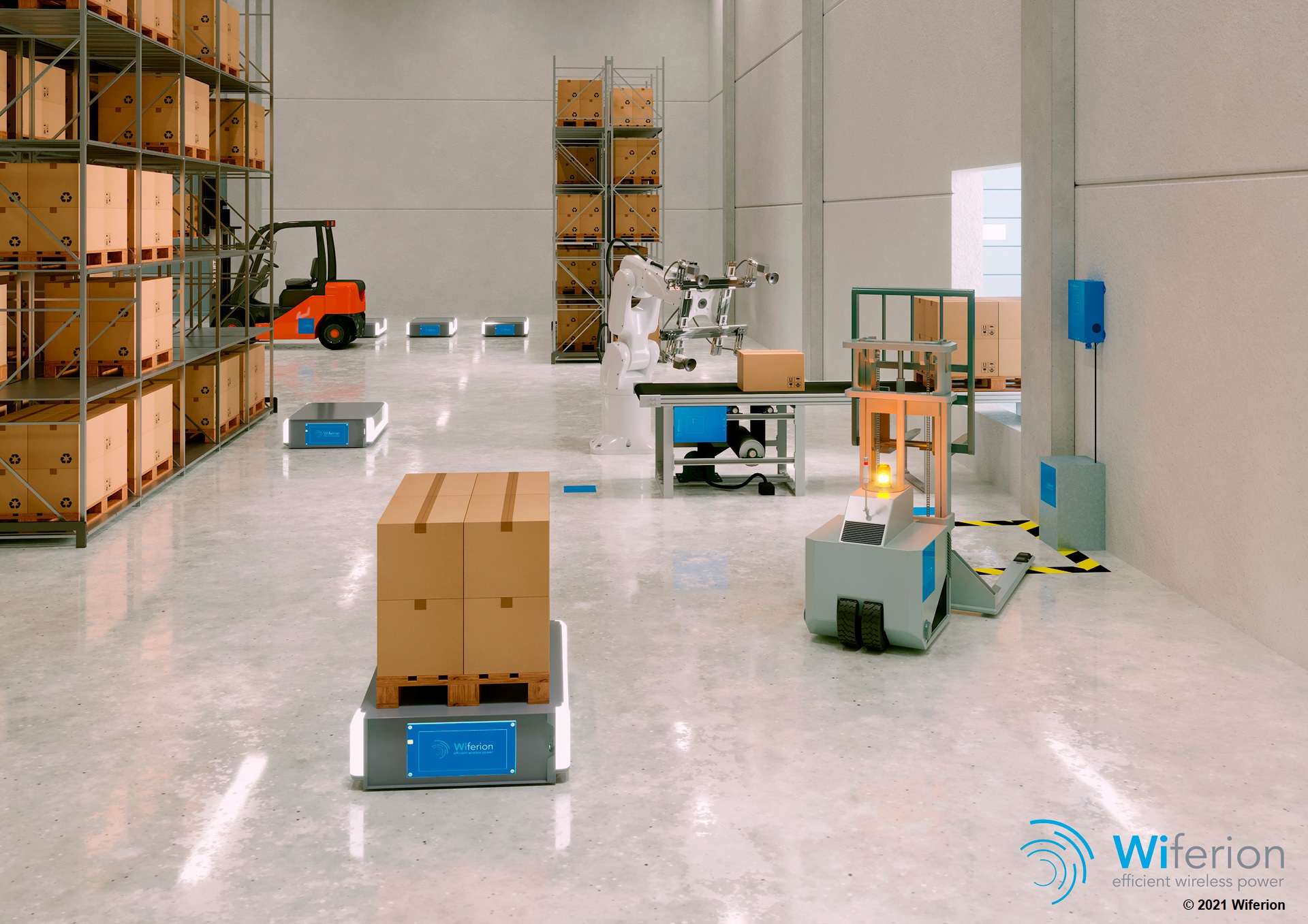Automation, Control & Plant Intelligence - Articles, Analysis, Reviews, Interviews & Views


With an efficiency of 93%, wireless charging systems are as efficient as the most powerful wired charging solutions.

YOU MAY LIKE:
Popular Articles
Manufacturing Insights